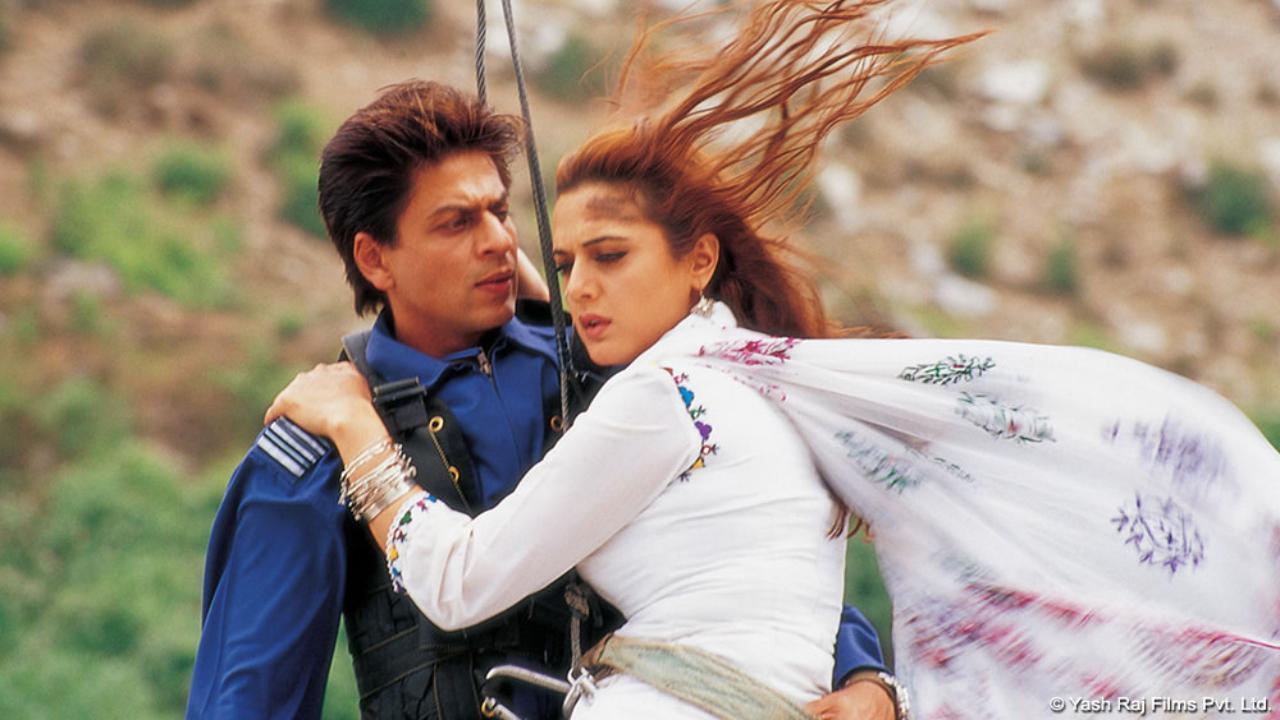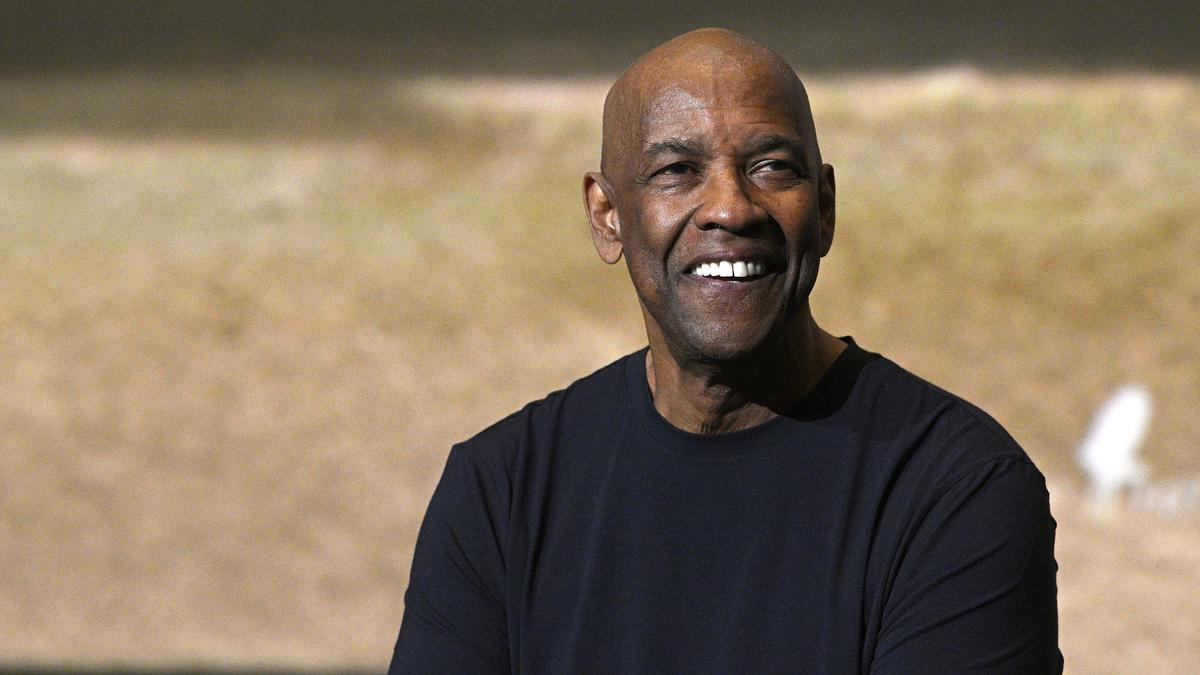
In the world of cricket, the strategic maneuvers off the pitch can be as riveting as the action on it. The latest episode in such off-field drama involves Sri Lanka’s all-rounder Wanindu Hasaranga, who has recently found himself amidst a maelstrom of controversy. Hasaranga, who leads Sri Lanka in T20 internationals, made headlines during the third ODI clash with Bangladesh on March 18. His conduct, comprising snatching his cap from an umpire and openly mocking the umpires’ decisions, sparked immediate uproar.
The repercussions of Hasaranga’s actions were swift, as the International Cricket Council (ICC) imposed sanctions on the cricketer. With the accumulation of three demerit points from the incident, he reached a total of eight in a 24-month span, prompting the ICC to hand him a two-Test or an equivalent ODI/T20I match suspension—depending on which format he was set to play first.
This suspension could have led to Hasaranga missing a significant part of the T20 World Cup in June 2024. However, his inclusion in the Test squad for the series against Bangladesh—announced before the ICC ban—meant that he would serve his suspension during the two-Test series instead, thus preserving his availability for the coveted T20 World Cup.
The timing of Hasaranga exiting his hiatus from Test cricket, which lasted seven months, to coincide with the penalty period has raised eyebrows. The insinuation is that he might have strategically used a ‘loophole’ to avoid missing any part of the T20 World Cup by serving his suspension in a format that does not hold as much weight in his career currently. However, Sri Lanka Cricket (SLC) was quick to dispel such notions. In an attempt to clear the air, SLC pointed to the chronology of the events, stating that Hasaranga had already expressed his desire to return to the Test arena two days prior to the culmination of the third ODI.
According to Sri Lanka’s selection committee member Ajantha Mendis, it was Hasaranga’s improved fitness that spurred his decision to return to Test cricket. “It was about two weeks ago that he told us he was open to playing Tests again. We know how it looks, but this decision was taken well before the final ODI,” Mendis explained.
ESPNCricinfo reported that the ICC is engaging with the SLC to scrutinize Hasaranga’s Test comeback. Moreover, it has been revealed that even Sunriser Hyderabad, the franchise for which Hasaranga plays in the Indian Premier League (IPL), wasn’t privy to the all-rounder’s plans of continuing his career in the longest format of the game.
The intrigue lays bare the complex interplay between individual ambitions, career management, and the adherence to the international cricketing codes of conduct. For Hasaranga, a return to the Test squad offers a chance to expand his prowess and narrative in international cricket, while also ensuring he does not miss the global stage where stars like him shine the brightest — the T20 World Cup. However, the spotlight remains on the Sri Lankan all-rounder, not just for his potential on-field exploits but also for the backdrop against which his Test return has materialized.
As the dust settles on this episode, one thing is particularly evident: cricket remains as much a game of strategy off the field as it is of skill on it. Hasaranga’s tale serves as a reminder that in the high-stakes world of international cricket, timing—whether at the crease or when making career decisions—is everything.










